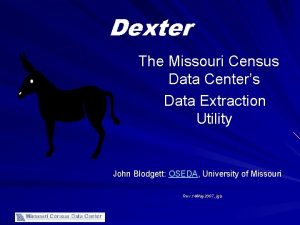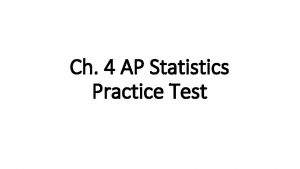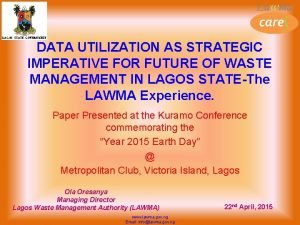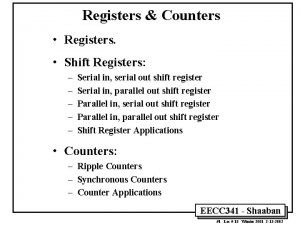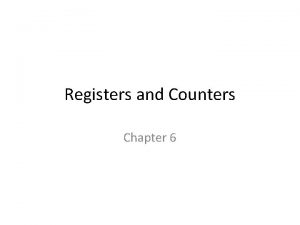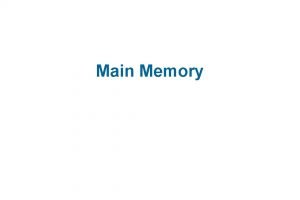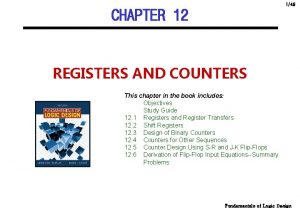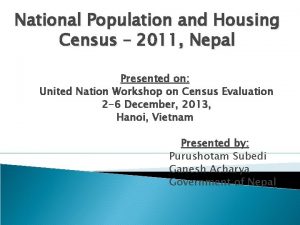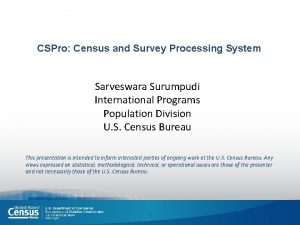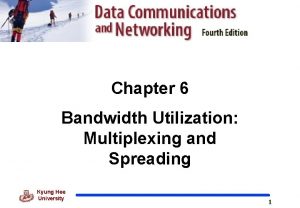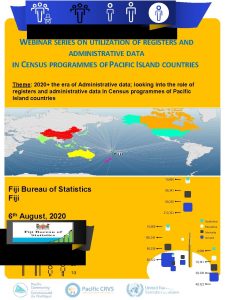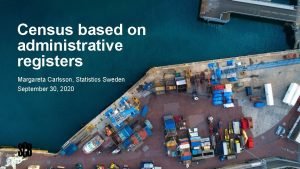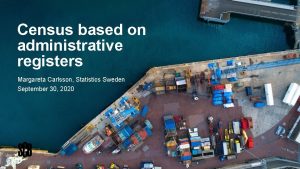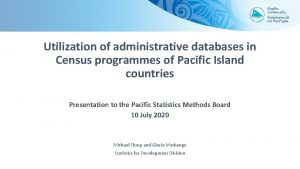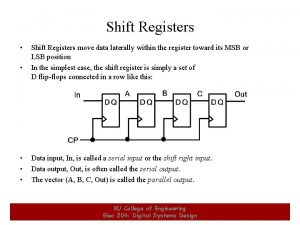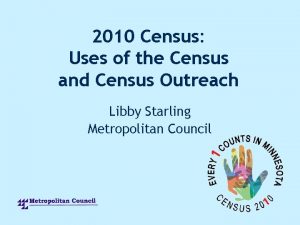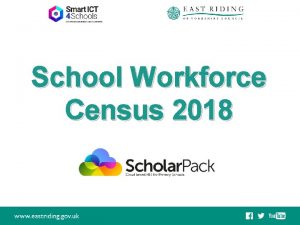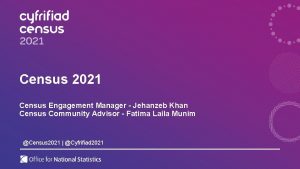UTILIZATION OF REGISTERS AND ADMINISTRATIVE DATA IN CENSUS











- Slides: 11

UTILIZATION OF REGISTERS AND ADMINISTRATIVE DATA IN CENSUS PROGRAMMES OF PACIFIC ISLAND COUNTRIES ROUND TABLE: STATISTICS METHODS BOARD 06 AUGUST 2020 GLORIA MATHENGE, MICHAEL SHARP AND IAN COPE STATISTICS FOR DEVELOPMENT DIVISION

This project • Objective: raise awareness of the opportunities and pre‐requisites for use of registers and administrative data in census outputs. • Approach: Two phases. The 1 st phase is about knowledge, information sharing and awareness raising. It will be delivered in two main parts: I. A series of webinars on different topics – held every couple of weeks II. Methods papers to the methods board (or shared in other ways) • If the first phase is successful there could be a 2 nd phase, which would involve more in‐depth work with those Pacific Island Countries that would want to move to implementation.

Potential Pros for use of registers and administrative data for PICTs Significant advantages posed by administrative data especially in the prevailing context. e. g. Cost efficiency, reduced burden on survey respondents, better frequency in data availability For PICTs: 1. Increased Investments towards development of administrative data systems over the past decade which have led to potential improvements in overall quality and performance 2. A number of PICTs have recently legislated implementation of National ID systems which are crucial for record linkage including potential for implementation of population registers.

RECAP OF KEY POINTS FROM WEBINAR 1 UTILIZATION OF ADMINISTRATIVE DATABASES IN CENSUS PROGRAMMES

ALTERNATIVE CENSUS METHODS • Full field enumeration (traditional census) • Self completion (paper or online) or • Interview based • Rolling census – France only • Combined methodology • Registers/admin data plus census • Registers/admin data plus surveys • Base register and existing sample surveys • Fully register based census

MAIN CENSUS METHODS ‐ UN GLOBAL SURVEY Traditional census Registers Use of administrative registers – 45 countries (esp in Europe) Fully register based census Combined census -29 countries Combined census (registers + full field enumeration) Combined census (registers + sample survey) Rolling census 0% 10% 20% 30% 40% 50% UNSD 60%survey 70% 80% PHCs 90% Source: on 2020 round Response: 158 countries 100%

MAIN CENSUS METHODS‐ REGIONS ‐ UN GLOBAL SURVEY

KEY POINTS • There a variety of methods for carrying out a census • Traditional censuses still predominate • Increasing use of registers in Europe and Asia • It is possible to use admin data to supplement a traditional census • Benefits can be gained by starting to use such data • Growing interest for geocoding of census data • The use of electronic data collection and administrative records has significantly changed the way that censuses are conducted

COVID‐ 19 CRISIS • • • Countries which use register‐based census are less affected by the Covid‐ 19 pandemic Countries which use traditional census or combined census had to reschedule or suspend field enumeration Covid‐ 19 crisis has provided opportunities to increase the use of administrative data

COMMON THEMES – IRELAND MEXICO • Very quick response: • Building on existing partnerships • Forward‐looking legislation allows data access • Standardisation: Tools, systems and data flows designed for re‐use • Data integration – multiple sources • Dashboard presentation – easy for non‐statisticians • Importance of geospatial information • Geo‐location as a linking variable

GEORGIA MADE USE OF FREE & OPEN SOURCE TOOLS • Free and open source tools • Open Street Map • QGIS http: //gis. geostat. ge/geomap
 Missouri census data center
Missouri census data center Ap stats practice test multiple choice
Ap stats practice test multiple choice Data utilization strategies
Data utilization strategies Serial counter
Serial counter Parallel load
Parallel load Binary storage register
Binary storage register Hardware address protection with base and limit registers
Hardware address protection with base and limit registers Registers
Registers National population and housing census 2011
National population and housing census 2011 What is cspro
What is cspro Efficient warehousing
Efficient warehousing Bandwidth utilization multiplexing and spreading
Bandwidth utilization multiplexing and spreading
